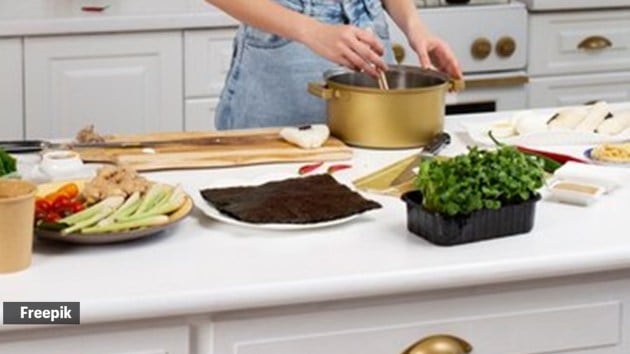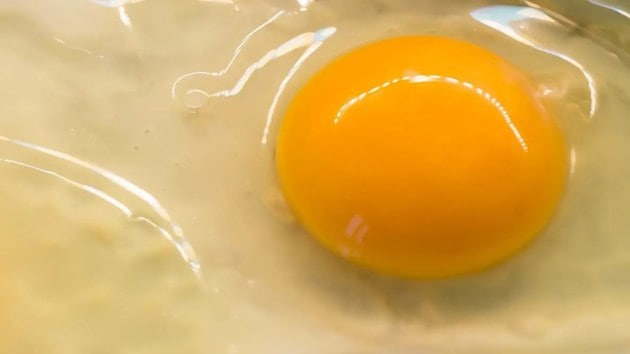Why half-boiled eggs lose their whites when re-boiled with the shell intact
Ever boiled a half boiled egg with its peel and lost the white with the shell? Experts explain why it happens
July 8, 2025 11:44 IST 1 / 9
1 / 9Boiling eggs seems simple, but it can easily go wrong—especially when trying to re-boil a half-boiled egg still in its shell. Many people have experienced peeling a reboiled egg only to find much of the egg white stuck to the shell or lost completely. Understanding why this happens involves a mix of food science and technique. So, we decided to ask experts. (Photo: Freepik)
 2 / 9
2 / 9Reboiling a soft-boiled egg with the shell on often leads to disappointment — the egg white, already delicate and only partially set, becomes more vulnerable. "During reboiling, the soft white may further firm up unevenly or stick tightly to the inner membrane of the shell. Since it wasn’t meant to go through a second round of cooking, the structure of the white doesn’t hold up well," said Dr Rajeshwari Panda, head of the dietetics department, Medicover Hospital, Kharghar Navi Mumbai. (Photo: Freepik)
 3 / 9
3 / 9According to Dr Panda, this happens because soft-boiled eggs don’t have the same internal stability as hard-boiled ones. "When an egg is first half-boiled (soft-boiled), the proteins in the egg white are only partially coagulated. The structure is delicate and loose. If you then try to reboil it without removing the shell, the proteins are re-exposed to heat but without the benefit of starting from a raw, uniform state," said dietician Vidhi Chawla, founder, FISICO Diet and Aesthetic Clinic (Photo: Freepik)
 4 / 9
4 / 9The initial cooking partially denatures the proteins in the egg white — just enough to hold shape, but not enough to fully separate from the shell. "When you apply more heat in a second boil without proper preparation, the egg white either overcooks in spots or sticks in others," said Panda. (Photo: Freepik)
 5 / 9
5 / 9As the temperature increases, the outer layer of the already-set white becomes overheated and rubbery, while the inner parts may still be catching up. This leads to the egg white fusing more tightly to the inner shell membrane, making peeling difficult and causing chunks of the white to come off with the shell, elucidated Chawla. (Photo: Freepik)
 6 / 9
6 / 9However, you can avoid this by using simple but important techniques (Photo: Getty Images/Thinkstock)
 7 / 9
7 / 9Cool immediately in an ice bath after boiling: Rapid cooling not only stops the cooking process but also causes the egg to shrink slightly inside the shell. This helps the white pull away from the shell surface, reducing the chance of it sticking, said Dr Panda. (Photo: Getty Images/Thinkstock)
 8 / 9
8 / 9Use older eggs (7–10 days old): As eggs age, the pH level increases, which weakens the bond between the white and the shell membrane — making peeling easier, shared Dr Panda. (Photo: Freepik)
 9 / 9
9 / 9Handle gently: Whether boiling, cooling, or peeling, treat soft-boiled eggs with care. Any cracks or rough handling can cause leakage or tears in the white
Peel under water: Doing this under running water or in a bowl helps separate the shell and membrane from the white, allowing for smoother peeling.
If reheating is needed, remove the shell first: Reheat peeled eggs gently in warm water to avoid overcooking or damaging the surface, said Dr Panda. (Photo: Pixabay)











